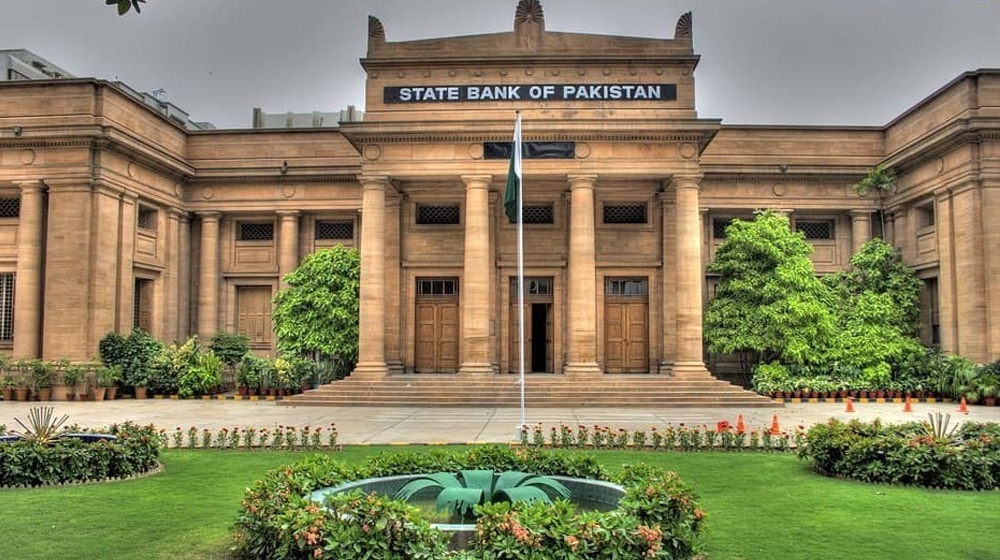Basing the central bank’s monetary response on core inflation is likely a more appropriate approach in the current high inflation episode in Pakistan, the Pakistan Business Council (PBC) said in a report on Tuesday.
This report, prepared for Pakistan Business Council by Sakib Sherani of Macro Economic Insights, mentions that Pakistan has experienced a protracted, high double-digit inflation episode since July 2021.
The inflationary pressure has been caused primarily by post-Covid pandemic global supply disruptions and release of pent-up demand, the impetus to commodity prices in the wake of Russia’s conflict with Ukraine, in conjunction with the substantial fall in the Rupee exchange rate and steep domestic adjustments in administered prices over this period.
Underscoring the fact that inflation over this period has been caused more by supply-side factors than excess aggregate demand, albeit “rich” policy settings in the post-Covid 19 period also contributed, headline inflation has risen much higher than core (non-food, non-energy) inflation. While headline CPI inflation rose slightly over 24 percentage points during this period, non-food non-energy core inflation increased by a little more than 10 percentage points. As a result, the “wedge” or differential between the two measures of inflation increased from 4.1 percentage points in May 2022, to an unprecedented 18 percentage points by May 2023.
The nature of the ‘inflation shock’ experienced by Pakistan over the past two years, emanating from exogenous price shocks in food commodities as well as energy, has raised the question about the most “efficient” monetary policy response under such conditions. Should the central bank target headline CPI inflation in its monetary policy response function, or should it target a measure of core inflation in recognition of the “transient” nature of inflation caused by supply disruptions and administered price adjustments of energy? What is the appropriate implicit nominal anchor under SBP’s inflation-targeting regime?
The report argues that while there are merits as well as demerits of both approaches, with a certain degree of flexibility as well as adaptability warranted in which approach to adopt depending on the specific circumstances and emergent causes of inflation, basing the central bank’s monetary response on core inflation may be more appropriate in the current high inflation episode in Pakistan.
The principal reason is that domestic inflation for the past two years, despite initially “rich” policy settings, has been less policy-induced via expansionary fiscal or accommodative monetary policy, and caused and sustained more by “exogenous” factors such as global commodity price shocks or steep upward adjustments in domestic administered prices such as for electricity, natural gas and wheat.
Supply shocks caused by global supply chain disruptions, in combination with price shocks associated with geopolitical events, are exogenous to the domestic policy framework. Hence, core inflation and not headline inflation is the appropriate measure of the inflation which is the direct outcome of policy. In addition, exogenous shocks tend to be transient with their effects washed out over a relatively short period of time. Hence, responding in a sustained manner to shocks that are likely to be transient does not appear to be prudent, especially given the very real fiscal as well as economic costs exacted in doing so.
The policy of maintaining a higher-than-needed policy rate for a protracted period has had substantial ramifications for public finances. With a large public debt overhang, Pakistan’s public finances have been in a Ponzi game for the past several years. With total public debt at over 700 percent of government revenue, the associated annual debt servicing cost amounts to around 7 percent of GDP, almost 60 percent of government budgetary expenditure and nearly 70 percent of gross government revenue.
With the policy rate maintained at over 20 percent by SBP since June 2023, and core inflation (NFNE) declining rapidly to 13.1 percent by April 2024, it is obvious that the current implicit nominal anchor for monetary policy has imposed very substantial fiscal costs. These are estimated at around 0.8 percent of GDP in additional debt servicing costs incurred between FY22 and April FY24, or Rs 820 billion.
The parlous state of public finances also underscores the fact that fiscal policy has to carry the burden of adjustment more than monetary policy. Periods of protracted misalignment between fiscal and monetary policy appear to have imposed high economic and welfare costs.
The choice of the nominal anchor goes beyond the impact on public finances. It has wider economic and welfare consequences. These consequences are illustrated by the trade-off between achieving low inflation and higher output levels. This trade-off is referred to as the sacrifice ratio. By targeting a higher benchmark, in this case headline inflation, policymakers are sacrificing a greater-than-required amount of output or economic growth.
Hence, the economic costs and welfare consequences of the current policy framework are substantial as well as largely mitigable.
The post PBC for Basing Central Bank’s Monetary Response on Core Inflation appeared first on ProPakistani.


